These, then, are they: the cars we consider to be the five greatest BMWs of all, here in recognition of the brand's centenary year.
If you want to see the rest of our top 100 list, click here for the first batch, and here for the second.
We didn’t agonise over choosing the top five; we bent double and writhed around on the floor, banged our heads against the walls and wailed and gnashed our teeth over their inclusion. Actually, that’s not true. The top three were always going to be there (although not necessarily in that order) and probably the fourth-placed car, too. But what should come fifth and, more to the point, which cars should fail to reach this final reckoning drove us almost to distraction.
We knew, for instance, that a sizeable constituency would look at these pages and ask, as one: “Where’s the bloody Batmobile?” Were this Classic & Sports Car magazine, the car less well known as the 3.0 CSL would be there. But how could we also exclude all BMW M5s, including the E34-series one, the best of them all? And what about a simple, honest 320d, of almost any generation, the car that has done more to improve the quality of life on the road for more people over a longer period of time than almost any other? We concede the case for it is strong. And so we could go on. We don’t expect anyone, let alone everyone, to agree with our choices, and if by making them we spark a debate, we will welcome it, be it heated or otherwise.
For now, though, let us celebrate those we have chosen, from the very old to the spanking new. What do they share? Well, it might seem hard at first to think that a pre-war 328 and an BMW i3 have anything in common beyond a propeller logo and rear-wheel drive. I beg to differ, though. To me, in the way they use the best available technology to improve life for the driver, they are similar, and the same can be said for the other three cars parked here.
For although it is acceptable and, at times, even desirable for certain manufacturers to trade on their heritage, that was never the way for the best BMWs. There is nothing remotely retro about any of these cars; they stand united in their steadfast forward focus. And if you think an i8 is pretty funky and futuristic, in 1938 a 328 must have been like a time-travelling creature from a far-off planet.
5 BMW i3
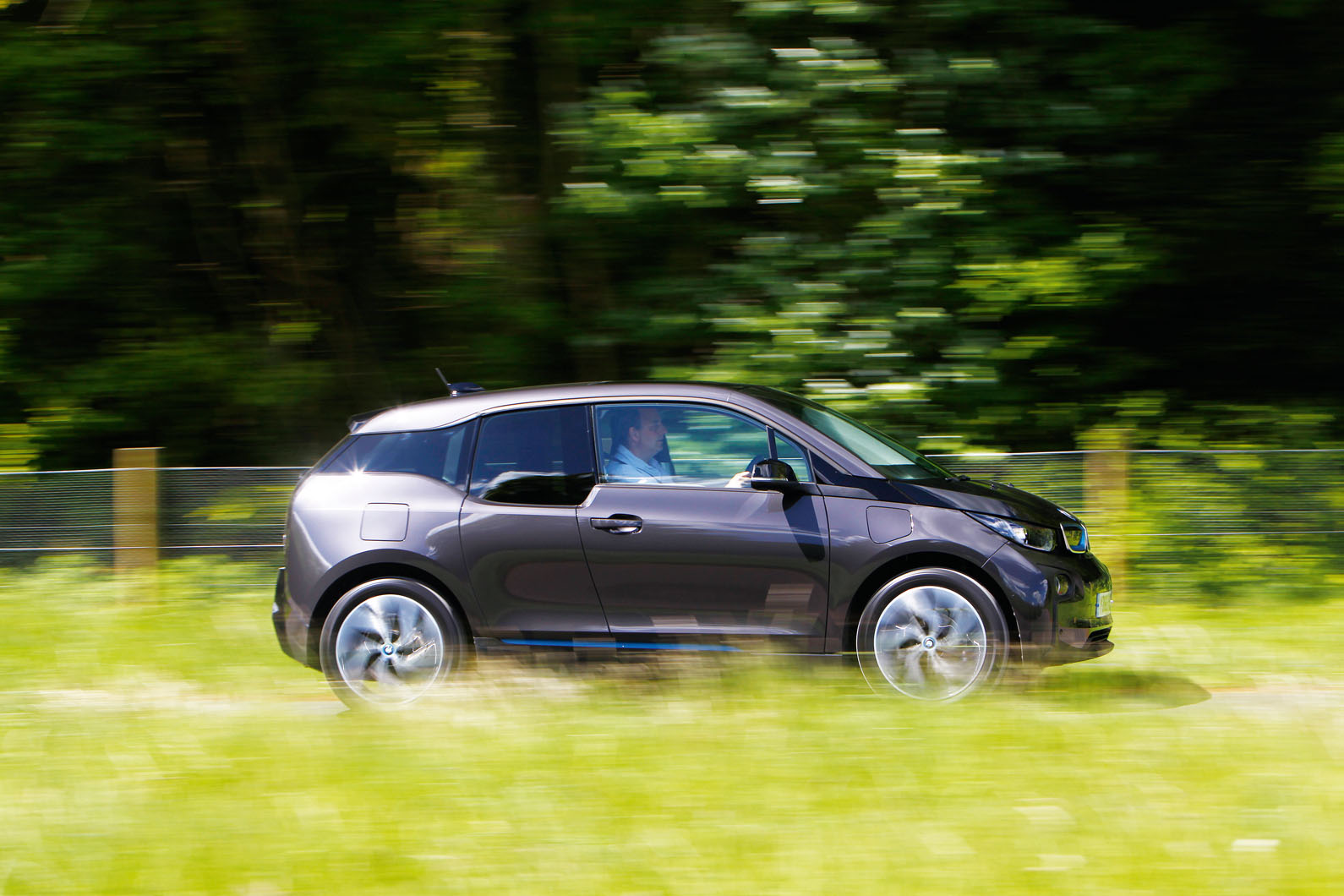




















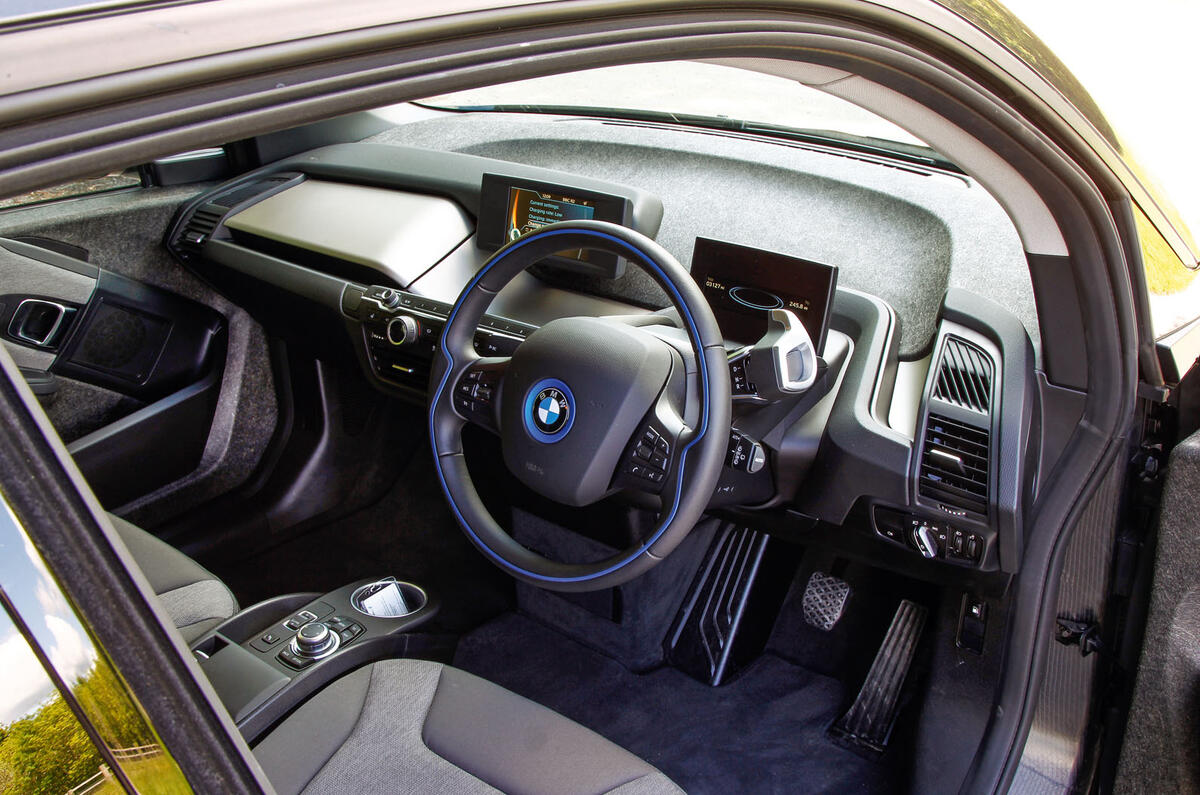














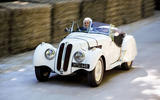



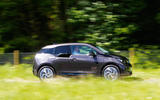


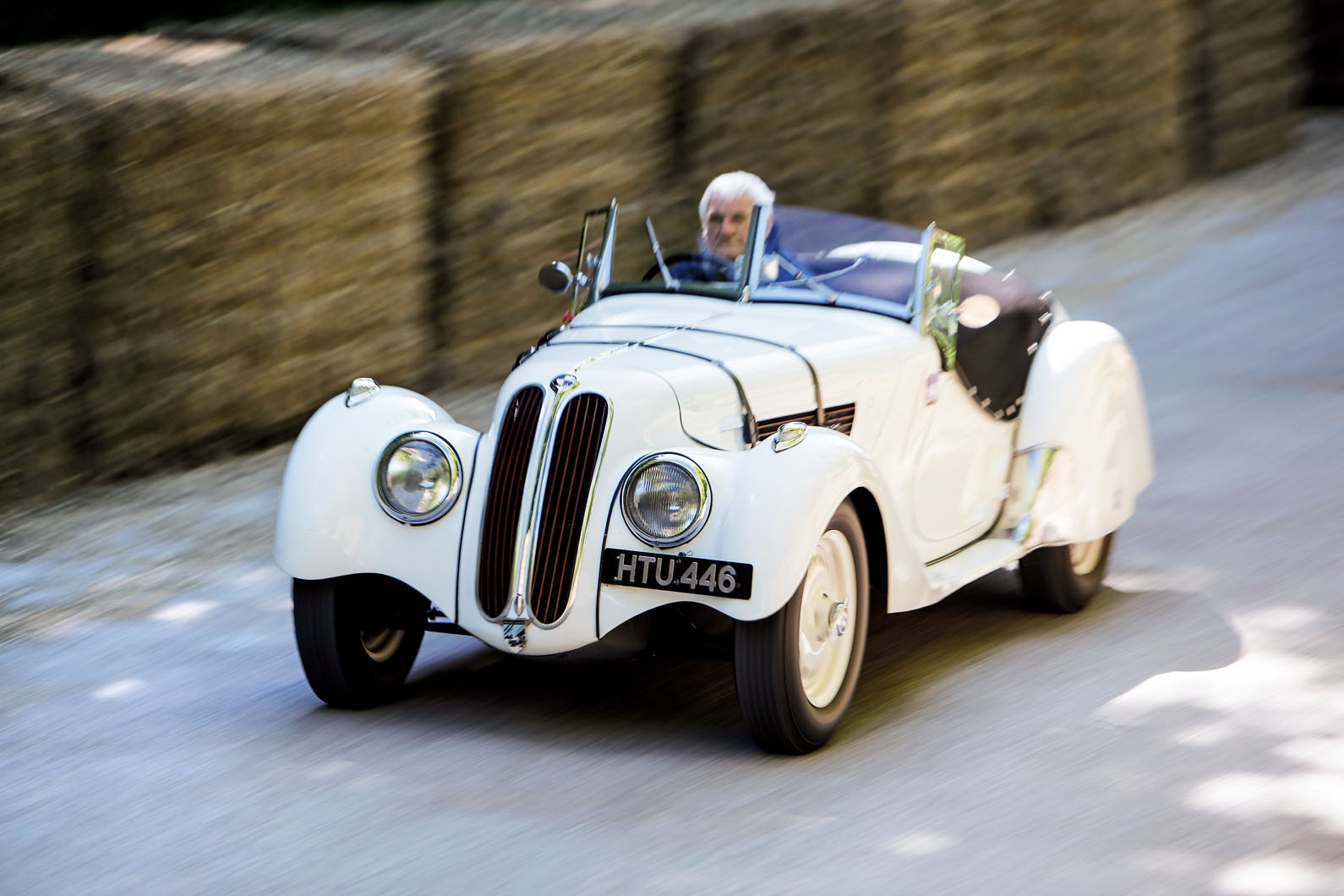

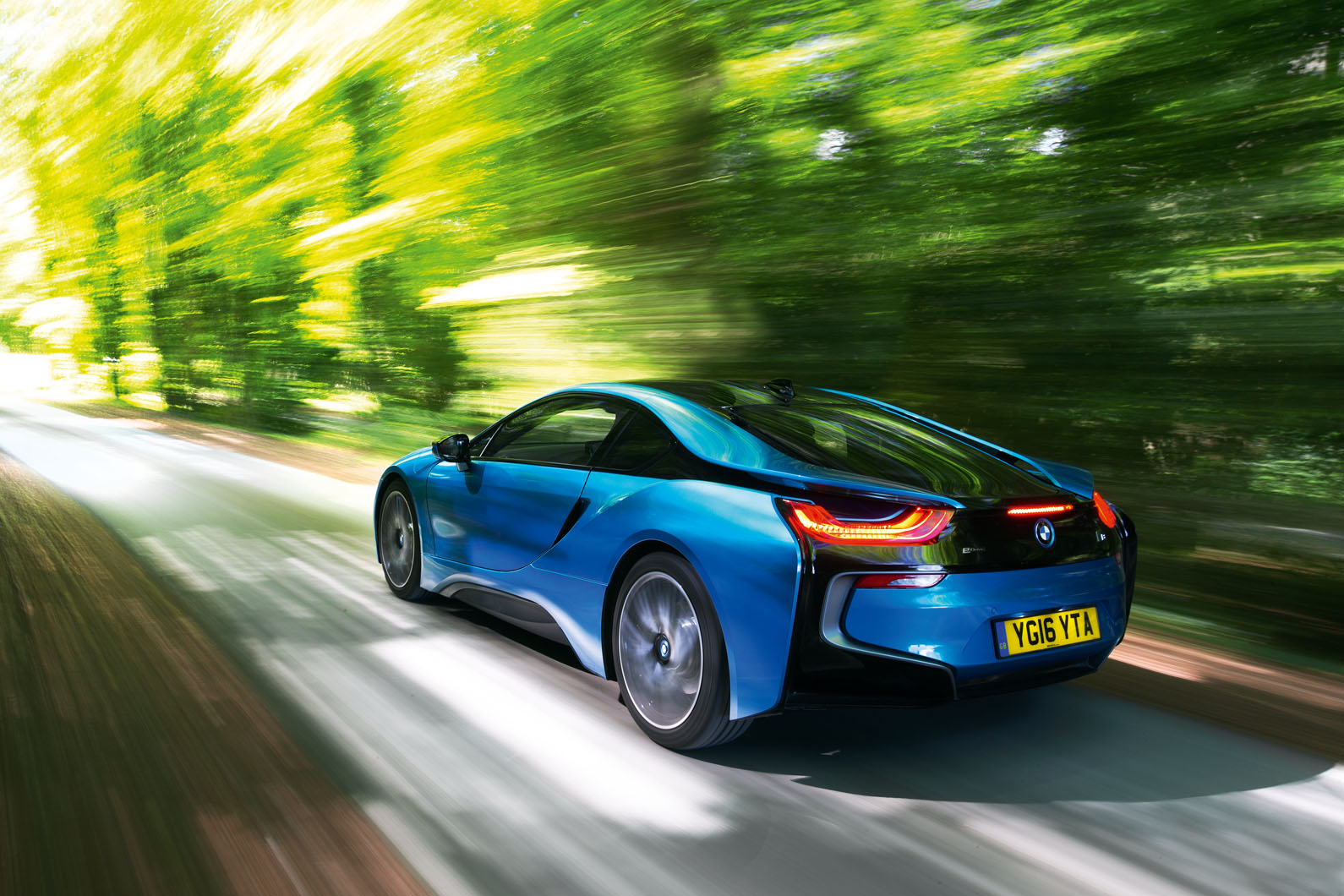
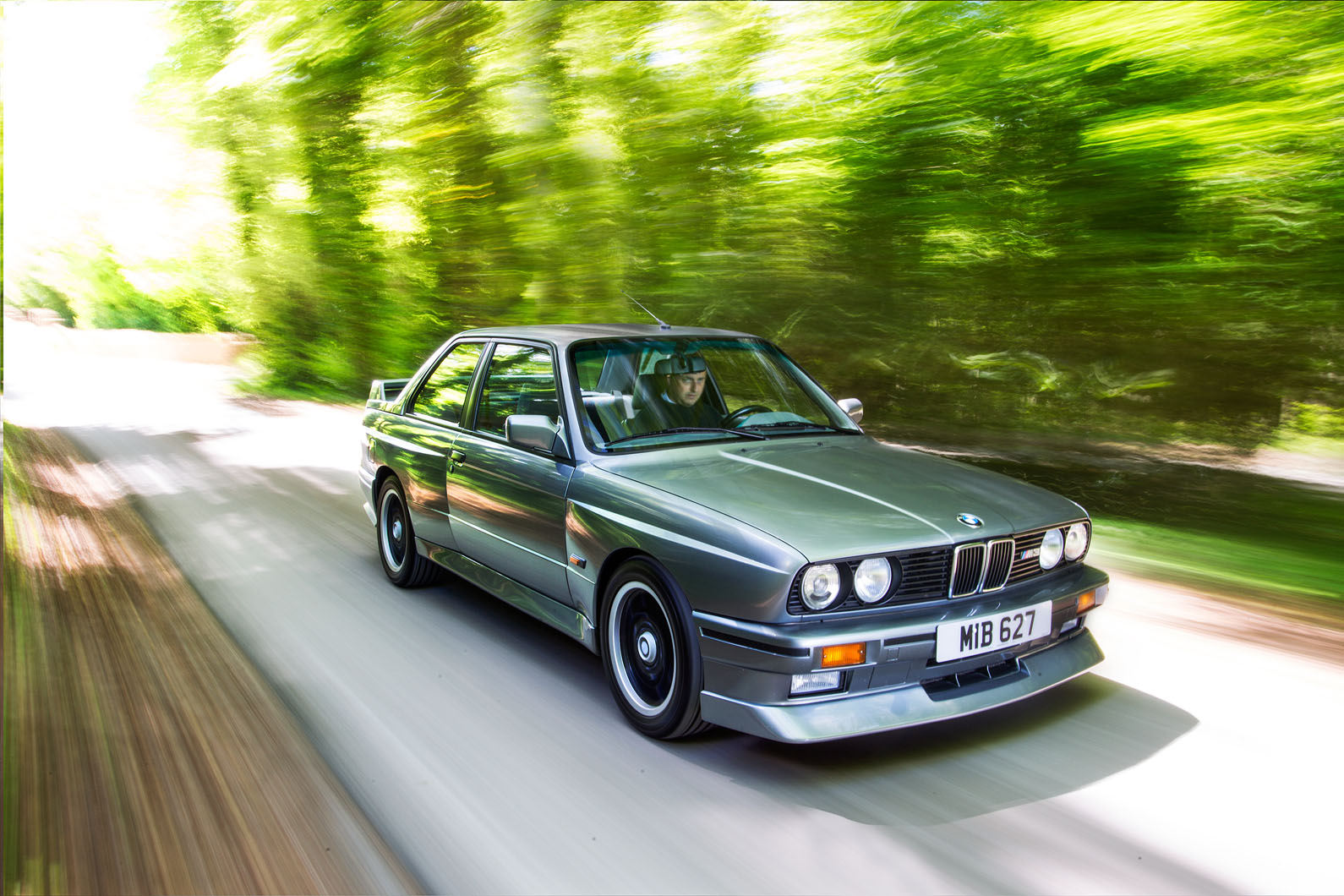


Join the debate
Add your comment
5 Greatest Car
No Argument...
I see there has been a lot of complaining about the top five list but the magazine artical was better as it listed ALL of the BMW greats.
Ultimately though, it comes down to personal preference and everyones top five will be different. For me I would definitely put an E39 of some sort up there.
Off to my BMW Dealer !